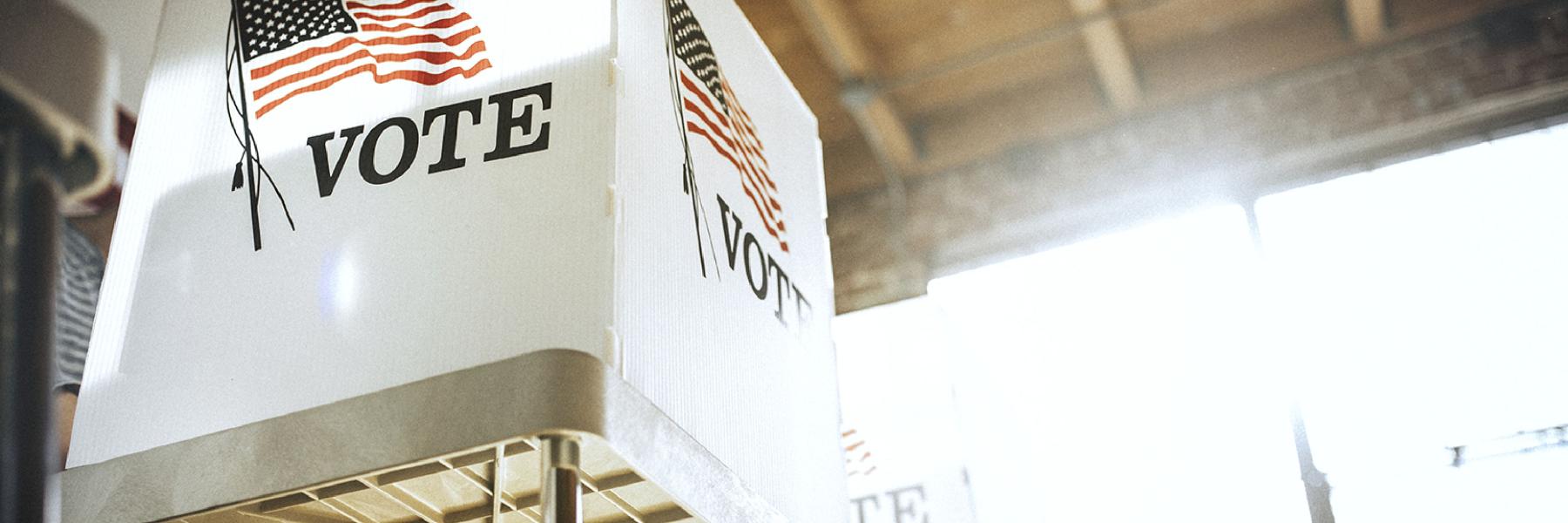
Election Security
CISA works to provide election stakeholders with the information they need to manage risk to their systems and assets.
Overview
Every year, citizens across the United States cast their ballots for the candidates of their choice. Fair and free elections are a hallmark of American democracy. The American people’s confidence in the value of their vote is principally reliant on the security and resilience of the infrastructure that makes the Nation’s elections possible. Accordingly, an electoral process that is both secure and resilient is a vital national interest and one of CISA’s highest priorities.
In January 2017, the Department of Homeland Security officially designated election infrastructure as a subset of the government facilities sector, making clear that election infrastructure qualifies as critical infrastructure. This designation recognizes that the United States’ election infrastructure is of such vital importance to the American way of life that its incapacitation or destruction would have a devastating effect on the country. Election infrastructure is an assembly of systems and networks that includes, but is not limited to:
- Voter registration databases and associated IT systems;
- IT infrastructure and systems used to manage elections (such as the counting, auditing, and displaying of election results, and the post-election reporting to certify and validate results);
- Voting systems and associated infrastructure;
- Storage facilities for election and voting system infrastructure; and
- Polling places (to include early voting locations).
CISA works to secure both the physical security and cybersecurity of the systems and assets that support the Nation’s elections.
CISA’s Role
CISA is committed to working collaboratively with those on the front lines of elections—state and local governments, election officials, federal partners, and private sector partners—to manage risks to the Nation’s election infrastructure. The Agency provides resources on election security for both the public and election officials at all levels and will remain transparent and agile in its vigorous efforts to protect America’s election infrastructure against new and evolving threats.
Featured Content
Election Cybersecurity Toolkit
CISA—through the Joint Cyber Defense Collaborative (JCDC)—compiled a toolkit to help state and local government officials, election officials, and vendors enhance the cyber resilience of U.S. election infrastructure.
Election Security is a Partnership
CISA collaborates with federal departments and agencies, state and local government, election officials, and valued partners, through new and existing engagements, to secure elections systems.
Election Security Services
CISA's services are available at no cost to state and local government officials and private sector election infrastructure partners.
Crossfeed
Crossfeed enables organizations to make better-informed risk decisions and provides CISA with greater insight on vulnerabilities in public-facing assets supporting National Critical Functions.
Publications
Discover election security publications, resources, and other voluntary tools.
View our Spanish-translated election security publications.
Election Security Training and Exercise Offerings Flyer
No Downtime in Elections: A Guide to Mitigating Risks of Denial-of-Service
Contact Us
For questions or more information, please email us at electionsecurity@cisa.dhs.gov.




